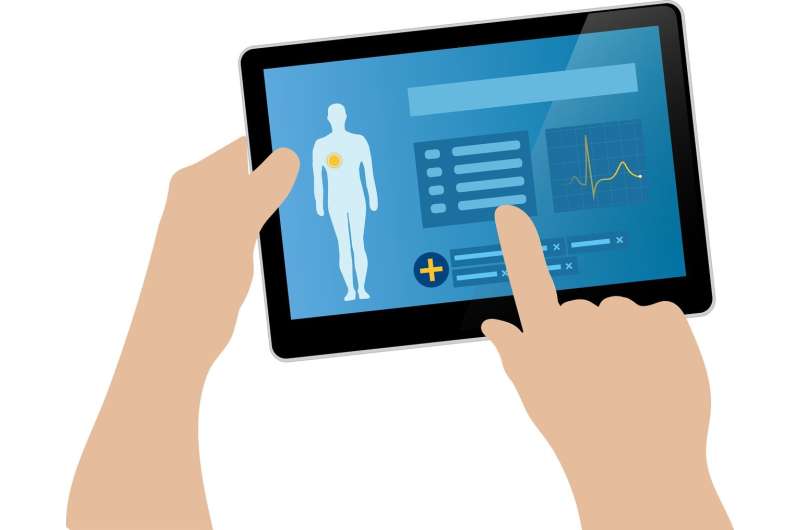
Team-based primary care is increasingly viewed as an answer to the persistent problem of finite health care resources strained by current and future pandemics, an aging U.S. population and escalating health care costs. A paper from informaticians Paul Dexter, M.D. and Titus Schleyer, DMD, Ph.D., of the Regenstrief Institute and Indiana University School of Medicine, champions well-designed computerized clinical decision support embedded in electronic health record systems as a necessary and effective tool to ensure that team health care functions optimally, ensuring safe and efficient care delivery.
“A clinical team supplemented by a well-designed computerized decision support system are more powerful than one or the other and becomes more effective and safer,” said paper co-author Dr. Dexter. “The challenge is to be creative in figuring out how software can facilitate team approaches to health care by coordinating group effort and enhancing communication among team members.
“It’s no longer just a single physician taking care of a patient; today, we need to weave in multiple additional providers to the medical care paradigm, including nurse practitioners, physician assistants, nurses, social workers, health educators, therapists and pharmacists, all who add complementary expertise. We must also ensure the availability and usability of computerized clinical decision support that fit the needs of a variety of primary care practices,” said Dr. Dexter. “EHR vendors have a long way to go to optimally support team-based care, but I am confident it will be figured out given the underlying need.”
Computerized clinical decision support provides evidence-based information and guidance. In addition to providing medical references, such as a reminder that a patient is eligible for a specific vaccine, these tools can alert when a patient hasn’t followed through on a recommended cancer screening or specialist referral; send a notification when a new drug relevant to the patient’s condition receives FDA approval; or convey a standing order for a team member to contact a patient on a specific schedule. Alerts and messages are securely presented to specific team members for reference and potential response when appropriate.
In their paper, Drs. Dexter and Schleyer identify opportunities for computerized clinical decision support to enable primary care physicians to spend more of their time overseeing a diverse health care team, rather than personally delivering the majority of care, thereby increasing efficiency without sacrificing quality. They see benefits in the following areas:
- preventive care
- acute conditions commonly treated at retail clinics such as sore throat or sinusitis
- diagnostic workup of new onset symptoms
- chronic care
- medication reconciliation
- renewal of non-narcotic medications
- tracking of referrals including recommendations from the specialist
- follow-up on missed appointments or diagnostic testing
“We are only at the very beginning of enabling truly effective and efficient team-based primary care using computerized clinical decision support. Key to doing so successfully is to thoroughly understand how clinicians and patients work together and interact in the context of clinical care. Only with that understanding can we design the right support using information technology and informatics,” added Dr. Schleyer.
“Golden Opportunities for Clinical Decision Support in an Era of Team-based Healthcare” has been published in the AMIA (American Medical Informatics Association) Annual Symposium Proceedings.
Regenstrief Institute

